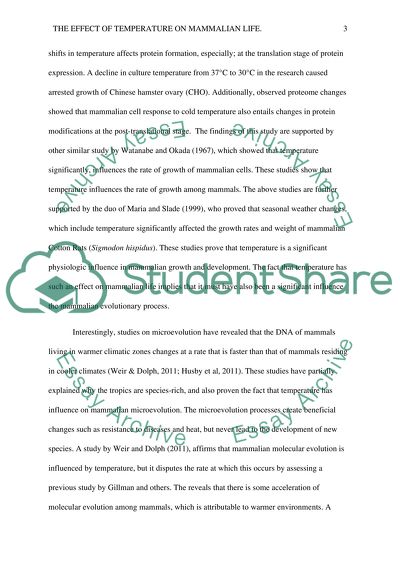The affect of temperature as an environmental pressure that affects Research Paper. Retrieved from https://studentshare.org/biology/1462652-the-affect-of-temperature-as-an-environmental
The Affect of Temperature As an Environmental Pressure That Affects Research Paper. https://studentshare.org/biology/1462652-the-affect-of-temperature-as-an-environmental.


